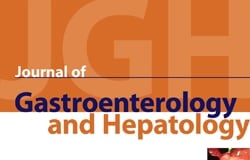
“Most U.S. states have passed medical marijuana laws. In this paper, we study the effects of these laws on violent and property crime. We first estimate models that control for city fixed effects and flexible city-specific time trends. To supplement this regression analysis, we use the synthetic control method which can relax the parallel trend assumption and better account for heterogeneous policy effects.
Both the regression analysis and the synthetic control method suggest no causal effects of medical marijuana laws on violent or property crime at the national level. We also find no strong effects within individual states, except for in California where the medical marijuana law reduced both violent and property crime by 20%.”
https://www.sciencedirect.com/science/article/pii/S016726811830180X?via%3Dihub
“Legalising medical marijuana shows no effect on crime rates in US states” https://theconversation.com/legalising-medical-marijuana-shows-no-effect-on-crime-rates-in-us-states-102030









